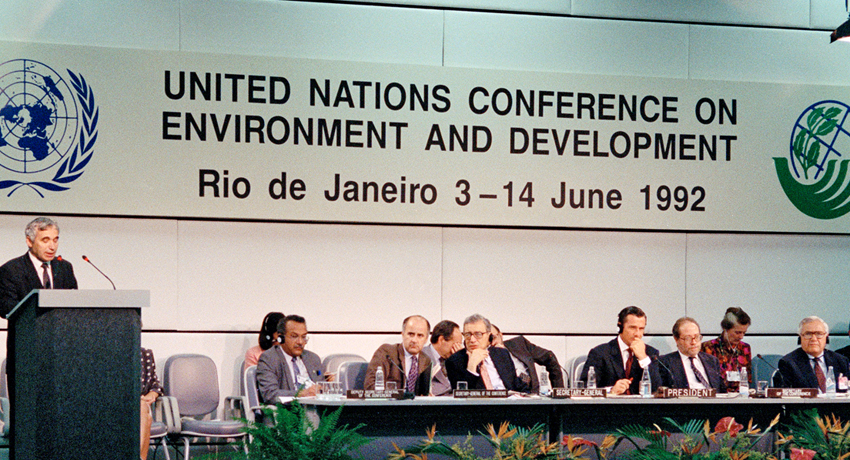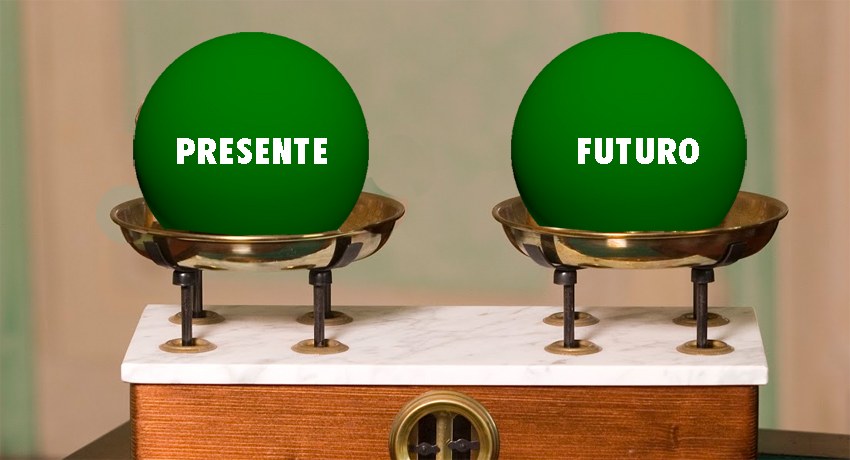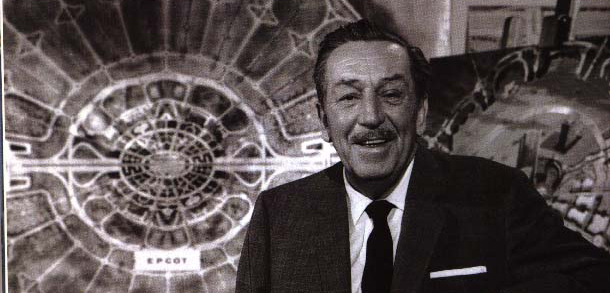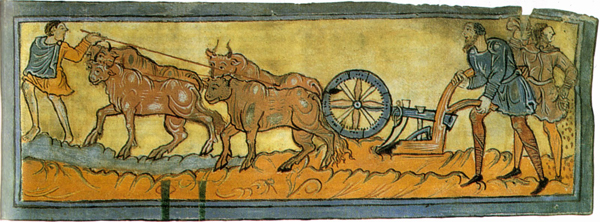Rural Who? What is Meant by the Term ‘Rural’ and the Appeal to Young People
The concept of rural and rural innovation is assuming ever-new and more complex meanings. Let’s try to bring some clarity and outline possible future scenarios.
Since the unification of Italy, several processes of transformation of the economic and socio-cultural structure have occurred in our countryside, due to the fact that in areas previously dominated by agricultural activities, non-agricultural economic activities such as construction, industry, or other extraneous activities have gained ground and continue to prevail, increasingly antagonistic to agriculture itself.
This has led to a revision of the concept of rural, creating, in some cases, confusion about the very use of the term. ISTAT combines rurality with backwardness, using indicators such as the low percentage of educated individuals or households lacking clean water and sanitation facilities to identify rural municipalities. On the other hand, the National Institute of Rural Sociology (INSOR) emphasizes the inadequacy of this rural-backward pair, identifying rural with a natural environment characterized by the predominance of green areas over built-up ones.
From a cultural point of view, rural areas in this panorama of globalization can be considered reservoirs of cultural values and traditions. However, this classification, which presupposes the identification of a cultural criterion that is clearly discriminating, is by no means simple.
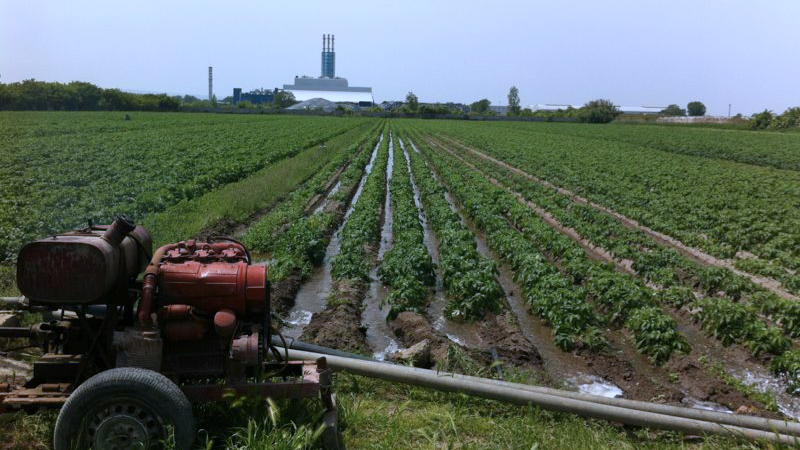
Among the most popular definitions of rural is the one that considers the extensive use of the territory and therefore population density: 100 inhabitants per km² for Eurostat, 150 for the OECD (Organization for Economic Cooperation and Development). This is a very simple system to follow and therefore widely used, but it does not seem capable of capturing the modern complexity of the rural world, as only somewhat depopulated areas would be defined as rural.
Rural seems increasingly like a utopian, ideal concept, which continues to live in the writings and beautiful words of scholars but materially manifests itself in what today is the countryside, understood as the residue of rurality, where people can still have contact with nature and isolate themselves from what is defined as urban. In fact, the etymological origin of the word “rural” is “Rus,” a Latin term that indicated cultivated countryside.
So there is no single rural, and Giorgio Franceschetti proposed in 1995 to classify a territory into three types of rural areas:
- Rural regions close to consolidated industrial and commercial areas or otherwise well connected to urban centers.
- Declining rural regions.
- Marginal rural regions
| Tipology | Priority | Problem | Description |
|---|---|---|---|
| Rural regions near consolidated industrial and commercial areas or otherwise well-connected with urban centers | Environmental protection becomes one of the priorities | The major problem is the organization of an economy attentive to urban interactions and the forms assumed by intensive agriculture that risks damaging resources | It’s the case in many areas of the Po Valley, where agricultural activity and the entire rural structure benefit from various synergies |
| Declining rural regions | It is necessary to stimulate endogenous development that also entails territorial reorganization aimed at the creation of a qualified urban fabric | The main problem is the lack of economic diversification in the areas | These are the areas where agriculture, which in the past had a significant weight in the local economy, is losing economic relevance. This is the case in many areas of Southern Italy and the islands |
It’s interesting to note that in recent years, the concept of rural, and rural innovation, has been experiencing a positive period, thanks to three joint phenomena:
- Rediscovery of agricultural countryside as an economic place.
- Rediscovery of traditions as moments of social aggregation.
- Rediscovery of traditional and typical cultivars of the territory as healthy and correct nutrition.
Rural seems to be starting to take on characteristics of modernity; let’s hope it’s not just a passing trend but represents a social evolution.
Modern Rural doesn’t consider territorial extension; it’s conceptually represented by a small vegetable garden in the center of a city or even on a balcony.
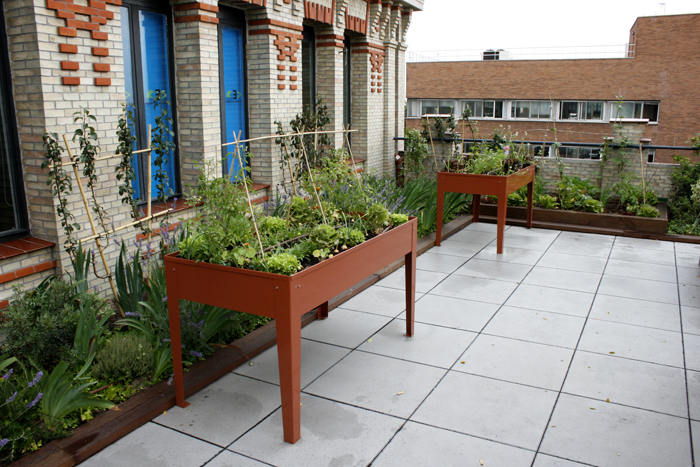
The growing attention to environmental issues and the beauty of nature means that even a flowerpot can represent a small piece of rural world. This is the concept that guides guerrilla gardening operations, with more and more young people actively involved in greening cities.
The primary sector is attracting many young people worldwide; the passion for a genuine life and work in contact with nature, combined with technological evolution that simplifies, speeds up, and makes agricultural work less tiring, is leading to a considerable increase in young people becoming agricultural entrepreneurs.
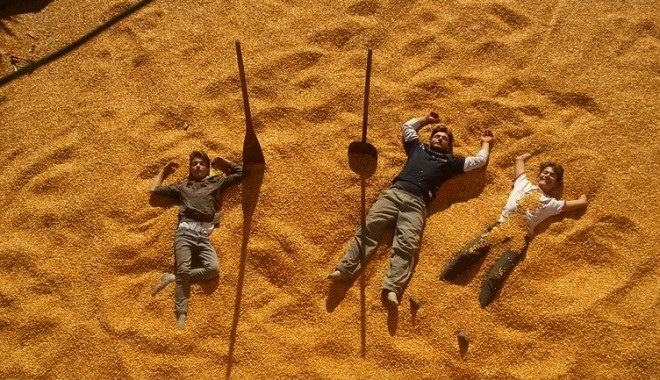
We are witnessing a phenomenon often described as “Agriculture 2.0,” where there is a biological variable of rediscovery of typical cultivars, a tourist variable of hospitality and receptivity, and another technological variable, where robotics and sensing dominate.
These three variables interact and combine in a perspective of rural innovation, but this is a broad and very interesting topic that deserves to be further explored separately. One important thing to emphasize immediately, however, is that Agriculture 2.0 is based on a well-defined marketing study and the use of effective communication for perfect storytelling that can fascinate and engage.

